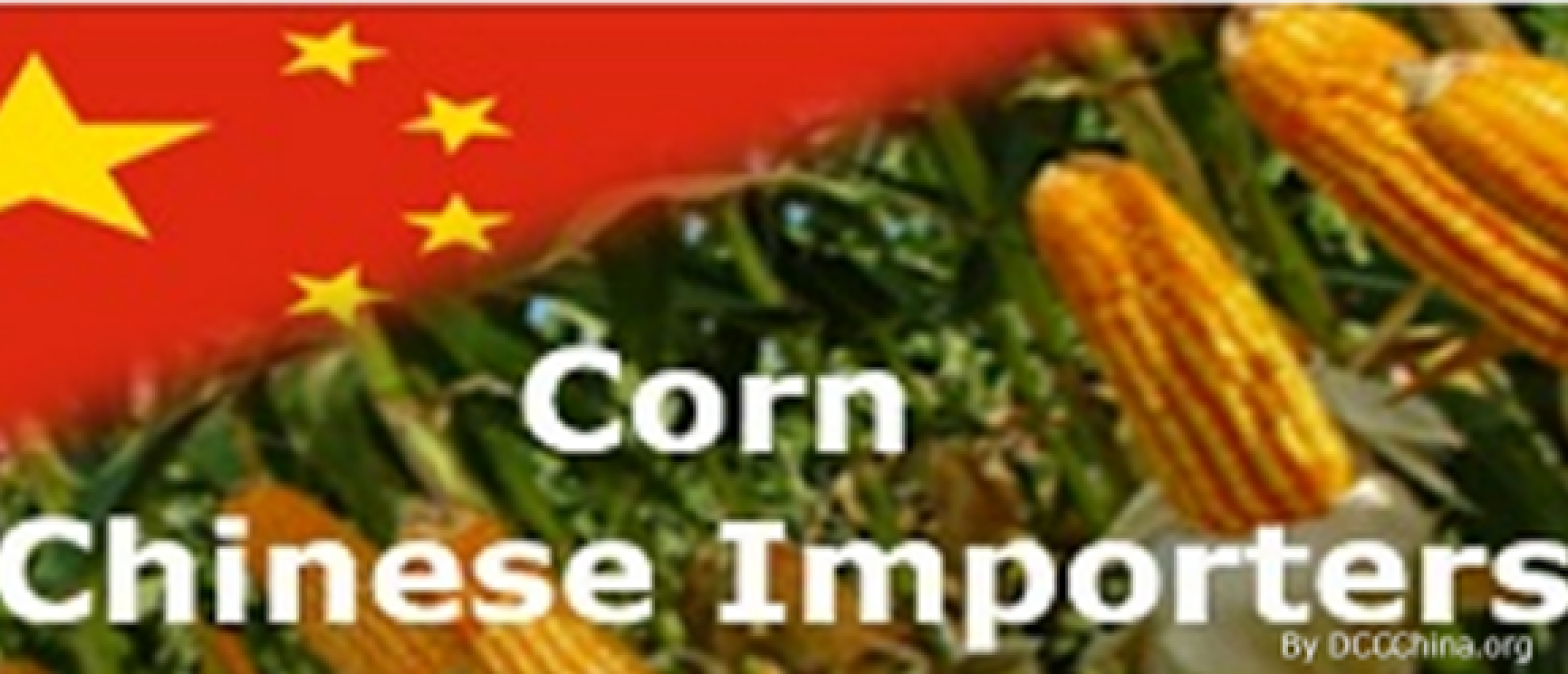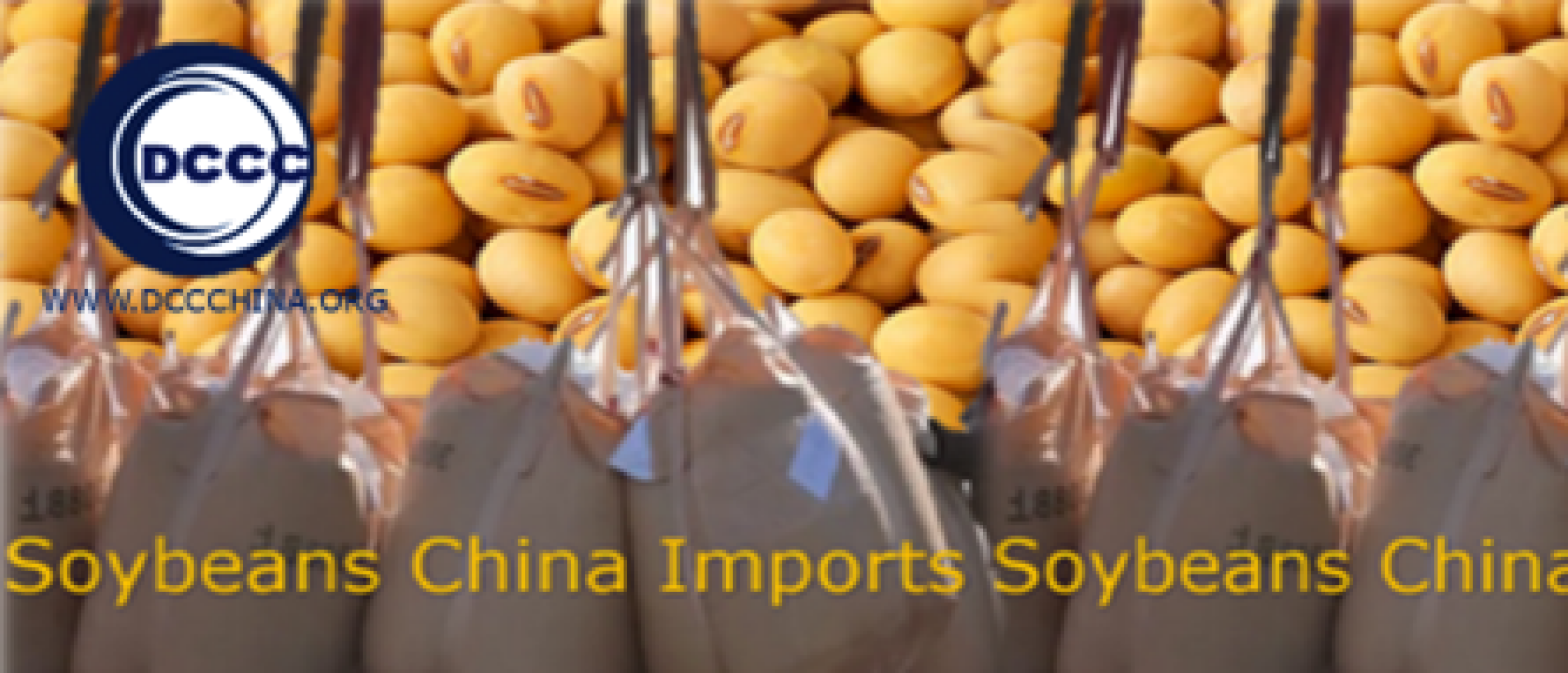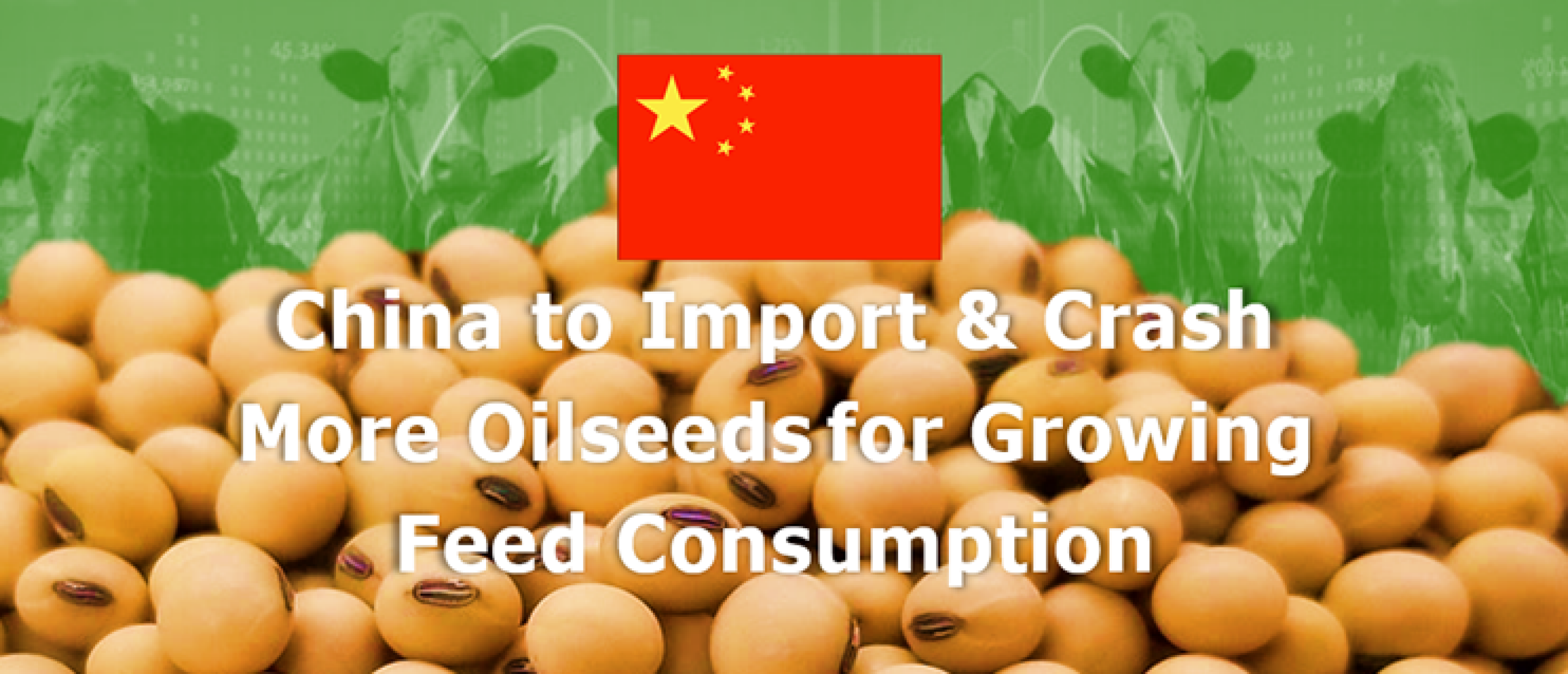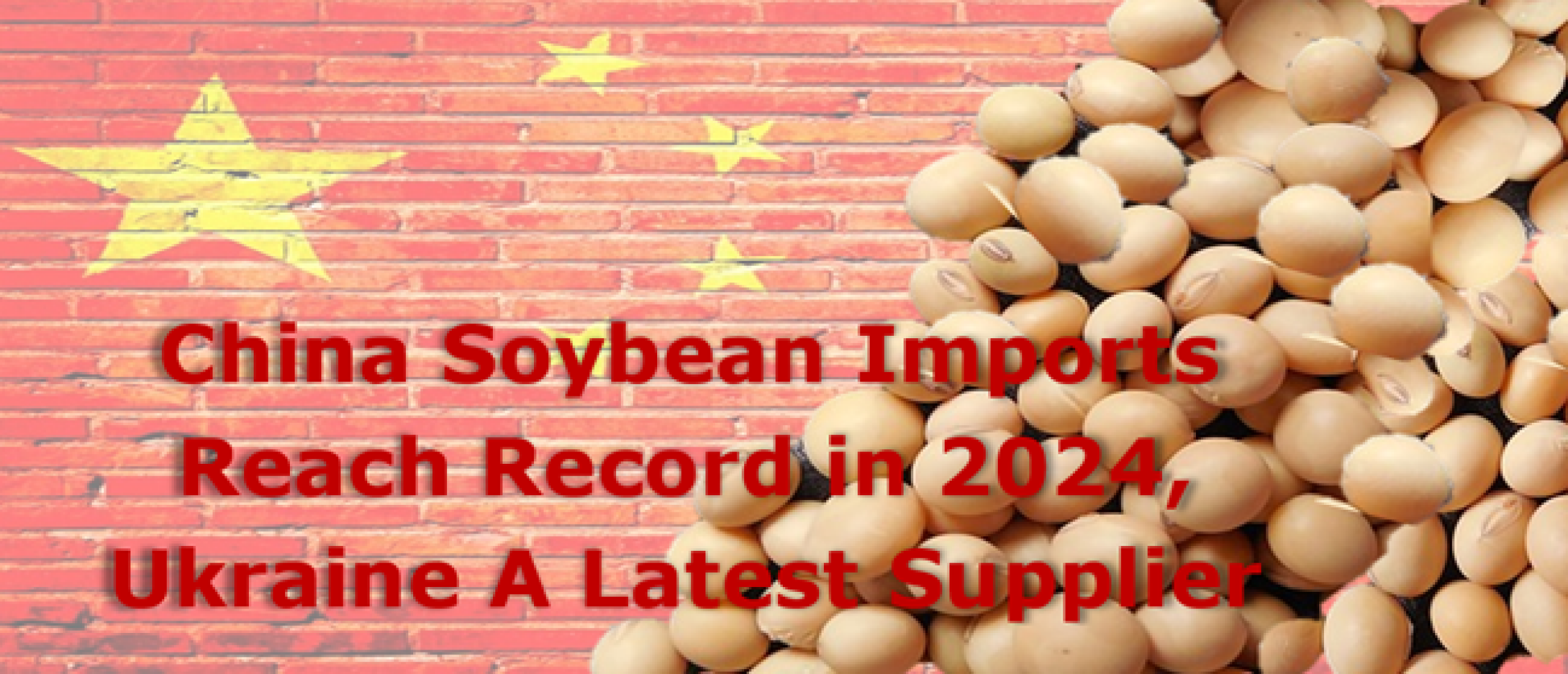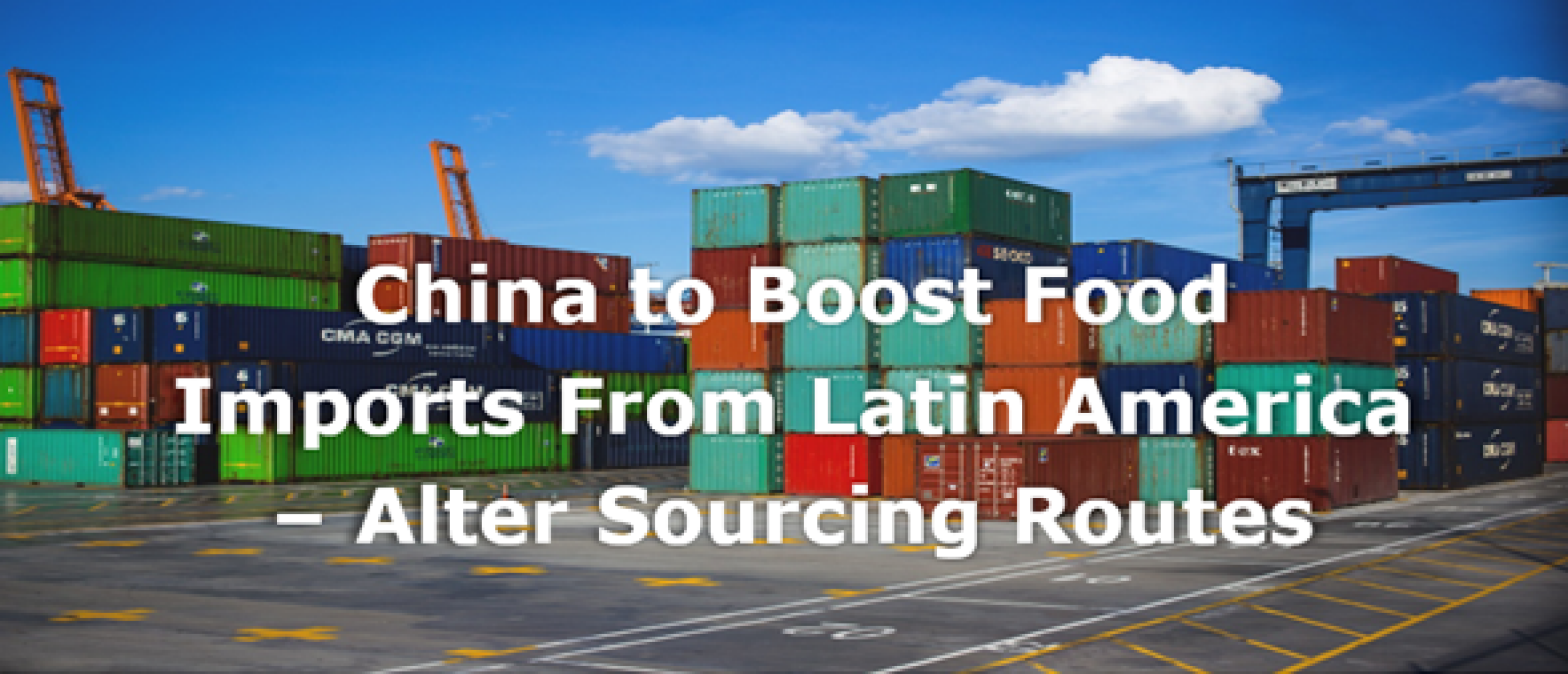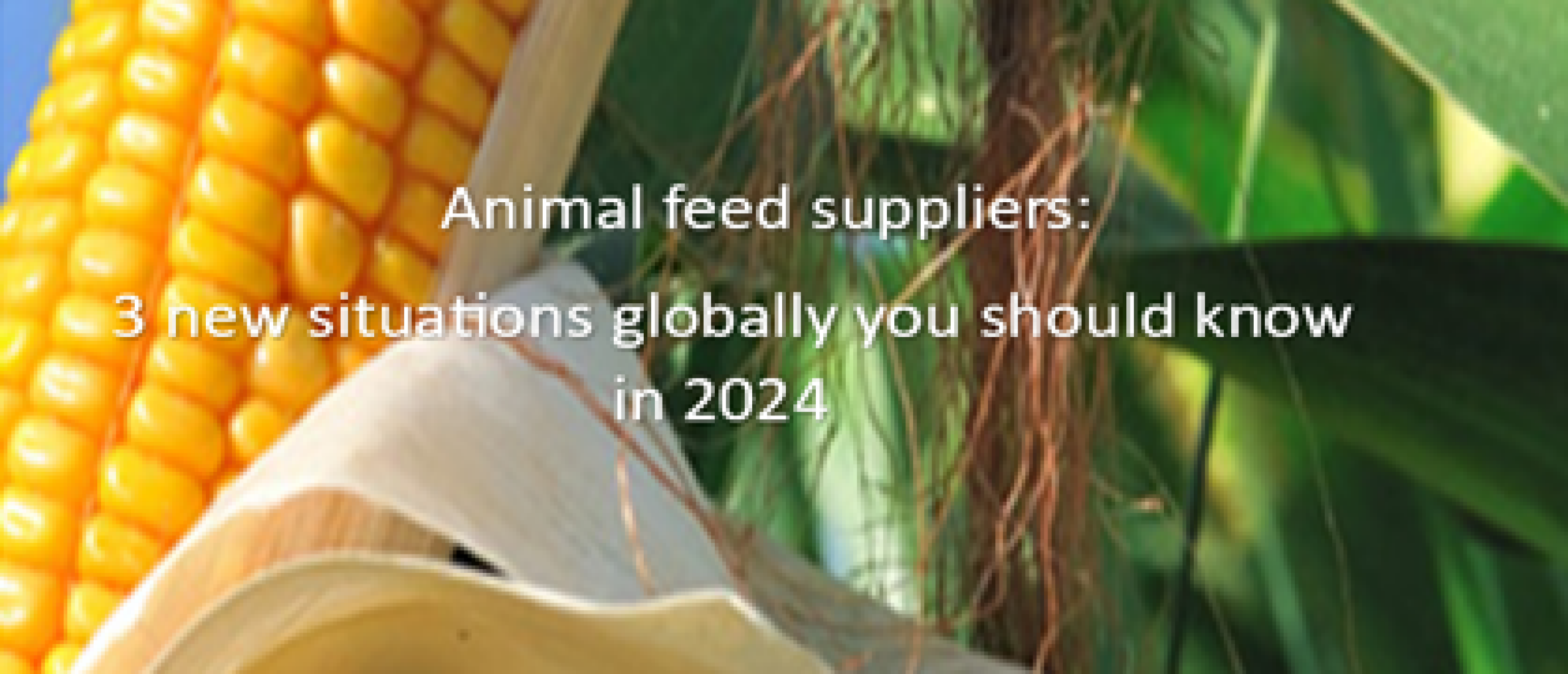
Animal feed suppliers: 3 global situation you should know 2024
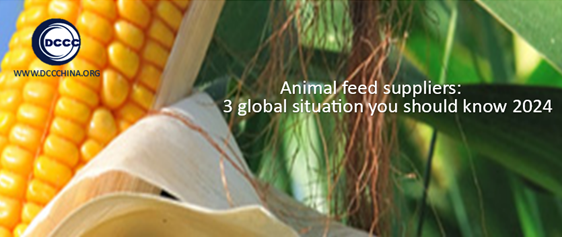 Animal feed annual survey 2024 from 142 countries, and about 27,000 feed mills showed that global animal feed production dropped to some extent to 1.29 billion tones in 2023, decreased 2.6 million tones from 2022’s approximations. Look at this recent survey from 2024 agri-food outlook.
Animal feed annual survey 2024 from 142 countries, and about 27,000 feed mills showed that global animal feed production dropped to some extent to 1.29 billion tones in 2023, decreased 2.6 million tones from 2022’s approximations. Look at this recent survey from 2024 agri-food outlook.
A slowdown in the overall production of animal protein, in response to tight margins experienced by many feed and animal protein companies, also contributed to lower feed demand, Alltech said. Changing consumption patterns caused by inflation and dietary trends, higher production costs and geopolitical tensions also influenced feed production in 2023, the report noted.
The top 10 countries in terms of feed production
- China (262.71 million tones, +0.76% over 2022)
- United States (238.09 million tones, 1.13%)
- Brazil (83.32 million tones, +1.84%)
- India (52.83 million tones, +13.43%)
- Mexico (40.42 million tones, +0.02%)
- Russia (35.46 million tones, +3.83%)
- Spain (27.53 million tones, -11.88%)
- Vietnam (24.15 million tones, -9.63%)
- Japan (23.94 million tones, -1.15%)
- Türkiye (23.37 million tones, -11.48%).
These countries produced 63.1% of the world’s feed production (same as in 2022), and almost half of the world’s global feed production is concentrated in four countries: China, the United States, Brazil, and India, which had by far the largest increase in production among the top 10....
Asia-Pacific sees growth
Asia-Pacific was the region with the biggest production growth last year, with an increase of 6.54 million tones (1.4%) boosting its world-leading total to 475.33 million. Latin America saw its feed output increase by 2.45 million tones (1.2%) to 200.6 million in 2023 despite high production costs, geopolitical tensions and changing consumer behavior due to economic reasons.
Beef, pig feed output declines
Beef feed production decreased by 4.4% (down 5.35 million tones to 117.49 million) globally — the most pronounced downward change among all species sectors last year, according to the report.
“African swine fever continues to wreak havoc on pig production in China and Southeast Asia, where repopulation efforts are slowly proceeding,” Alltech said.
Aquaculture feed output also decreased, declining by 4.4% to 52 million tones.
“This decline was driven in part by a significant drop in China’s supply of aquafeed due to lower fish prices, which had a far-reaching impact,” Alltech said.
Poultry a bright spot
A bright spot for global feed production was in the poultry sector. Poultry experienced a 3.5% increase in broiler feed output to 385 million tones and remained steady for layers at 170.8 million tones. Broiler feed now accounts for 30% of the world’s feed tonnage, the report said.
Looking ahead in 2024
Looking forward in 2024, Alltech said “overall feed production is expected to grow, with some market conditions improving as input costs ease and consumers adapt to uncertainties.”
The biggest challenges for feed producers in 2024, according to the respondents, are high raw material prices, low returns, and animal diseases. ... See more from 2024 agri-food outlook
In sum up, from the top 10 countries in terms of feed production in 2023, China stands for #1, with 262.71 million , +0.76% over 2022, and animal feed global perspective and situation in 2024. Animal feed production in China ought to know about feed global situation, which is crucial for planning its feed productions, and related corn feed importing to China.
After all, as animal feed suppliers: 3 likely global situation you should know in 2024 are feed production is anticipated to increase; however with The major concerns contests for feed producers in 2024, are high prices, ( for raw material) low returns (financially), and animal diseases will be the most threatening contests.
Why China’s grain feed uses on upswing?

Why China’s grain feed uses on upswing? While Animal feed annual survey 2024 showed that global animal feed production dropped to some extent.
As China is one of the largest feed production and importing countries, quality grain corn feed is one of the main raw animal feed ingredients that draw attention to agricultural commodities importing to China.
According to a report China’s grain feed use on upswing, the country’s grain feed and residual use in marketing year 2023-2024 is projected to rise about to 285 million tones, up 2.7% from 282.3 million tones than previous year. Why China’s grain feed uses on upswing? Look at this related report on how China plays critical role in grains market from world grain.
China plays an enormous role in the world grains market, with a large population that is increasing in affluence. Its huge pig meat sector has been disrupted by African swine fever and then reformed in the aftermath of the disease, pushing feed demand higher.
In its Nov. 18 Grain Market Report, the International Grains Council (IGC) put China’s total grains production at 417.7 million tones in 2021-22, compared with 403.2 million in 2020-21.
The IGC puts the wheat crop at 137.1 million tones, up from 134.3 million the year before, while corn production is put at 272.8 million tones, up from 260.7 million. The IGC puts the 2021-22 barley crop at just 800,000 tones, down from 900,000 and puts sorghum output at 3.2 million tones, down from 3.3 million. Rice production in 2021-22 is put at 150.4 million tones, up from 148.3 million in 2020-21.
The IGC forecasts China’s total grains imports (not including rice) at 49.8 million tones in 2021-22, revised up from the previous month’s forecast of 49 million, and down from 60.8 million the year before. Wheat imports in 2021-22 are put at 10.5 million tones, down from 10.8 million in 2020-21. Corn imports are now predicted at 16.5 million tones, a figure the IGC revised up from its previous month’s estimate of 16 million, but well down on the 29 million imported in 2020-21. Imports of barley in 2021-22 are put at 12.5 million tones, revised up from 12.2 million and up on the previous year’s 12 million.
China’s imports of rice in 2021-22 are now forecast at 3.7 million tones, up from 3.4 million forecast a month earlier. The previous year’s imports were 4.2 million tones. Exports of rice are forecast at 2.6 million tones, up from 2.3 million in 2021.
Among oilseeds, China’s output of soybeans will come to 18.7 million tones in 2021-22, down from 19.6 million the year before. The country is forecast to produce 14.5 million tones of rapeseed, up from 14.1 million the prior year.
Soybean imports in 2021-22 are forecast at 98.5 million tones, revised down from the October forecast of 100.3 million. The previous year’s imports were 95.3 million tones. China’s soybean exports are put at an unchanged 100,000 tones. Imports of rapeseed in 2021-22 are put at 2.1 million tones, down from 2.8 million the year before.
In an annual report on the grains sector published on April 16, 2021, the USDA attaché highlighted the importance the Chinese government puts on self-sufficiency in staple grains.
“On Feb. 21, 2021, the Chinese government released the annual policy guidelines on agriculture and rural development known as the No. 1 Document,” the report said. “There is increased emphasis to shore up grain production of staple food and vegetable crops, maintain targets for arable land utilization, and additional efforts on maintaining and improving the administration of the Minimum Support Price (MSP) program policy for rice and wheat, along with improving the subsidy policy and income stability for corn and soybean producers.”... See more from world grain
The largest global markets for corn are China, Mexico, Japan, and Colombia. Corn is the largest commodity of world-wide trade of feed grains (corn, sorghum, barley, and oats), mostly accounting for about 80% of the total volume over the past decade. China importing enormous amount of grain feed corn for its husbandry sectors.
China’s industrial feed production increased on the base of year-over-year. Pig and poultry feed production accounted for more than one-third of total feed production. Due to corn is a major element of farm animals’ feed. Feed use and demand are connected with the number of animals (cows, pigs, and poultry) that are fed corn, and usually accounts for around 40% of total domestic corn use.
China’s grain feed uses on upswing. Crop's supply and price are also interlinked with the amount of corn used for feed, the proportion of other additional ingredients used in feed quota or percentage.
How to be registered for grain feed products exporting to China?
If you want to exporting grain animal feed or feed additive to China, there are several critical issues to sort out first. The most important is the feed registration which required by the General Administration of Quality Supervision, Inspection and Quarantine of the People’s Republic of China (AQSIQ).
To pass China customs inspection, specialised institutions AQSIQ / GACC for facilitating overseas companies exporting processed feed products to China. Under AQSIQ /GACC and Ministry of Agriculture requirements, following documents should be delivered in by overseas animal feed exporters:
- Feed product manual.
- Government issued company business registration certificate.
- Feed products test report or local health inspection certificate.
- Feed products labels (Two versions with Mandarin and English).
- Photos of feed production facilities and Product packaging picture.
Then, it’s time for filling in the application as soon as deciding to exporting your feed products to China.
What are Feed Products Registration Categories in China?
Here is a part of Feed Products Registration Categories: Animal feed / Feed additive.
Raw plant-based livestock feed (byproducts): Sorghum(feed-grade). Peas(feed-grade). Oats(feed-grade). Wheat bran. Cassava Dried and dregs. Palm kernel and meal. palm fat meal. Coconut meal. Plant-based feed additives. Fermented expanded soybean cake and meal. Food for pig. Feeding dairy products. Corn wine dregs. Beet pulp. Feed-grade wheat flour. Milled soybeans. Milled rapeseed. Corn ethanol byproducts. Milled sunflower seeds. Milled peanuts. Milled beets. Bran (cakes). illed palm. Rice bran. Powdered palm oil. Milled cottonseed. Milled coconut. Milled chili. Milled olives. Milled almond shell. Alfalfa grass. Oat forage. Timothy. Natural grass fodder.
No plant-derived feed ingredients (byproducts): Fish meal and other aquatic animal protein. Pet food, Harvest eggs. Squid liver powder. Antarctic krill bait. Shrimp feed (aquatic animal origin only). Fish meal and aquatic animal protein feed. Chicken, beef, and mutton bone meal. Vitamin feed additives, Butter. suet.
Here is A Complete List of Registered With Imported Animal Feed Products
In addition, for more info on the Application Procedures concerns.
In recent years, China has emerged as a lucrative market for animal feed products exporters from overseas. There are numerous opportunities for Animal feed / Feed additive exporting to China. For small and middle-sized feed business owners, producers, and exporters, tapping into this market can be a notable change for their businesses.
Exporting animal feed products to China is growing as China demand for more feed in the agricultural sector. For overseas exporters of animal feed to obtain a registration certificate in China is a crucial step, in any case, comply with AQSIQ requirements, pay attention to GACC updated information.

